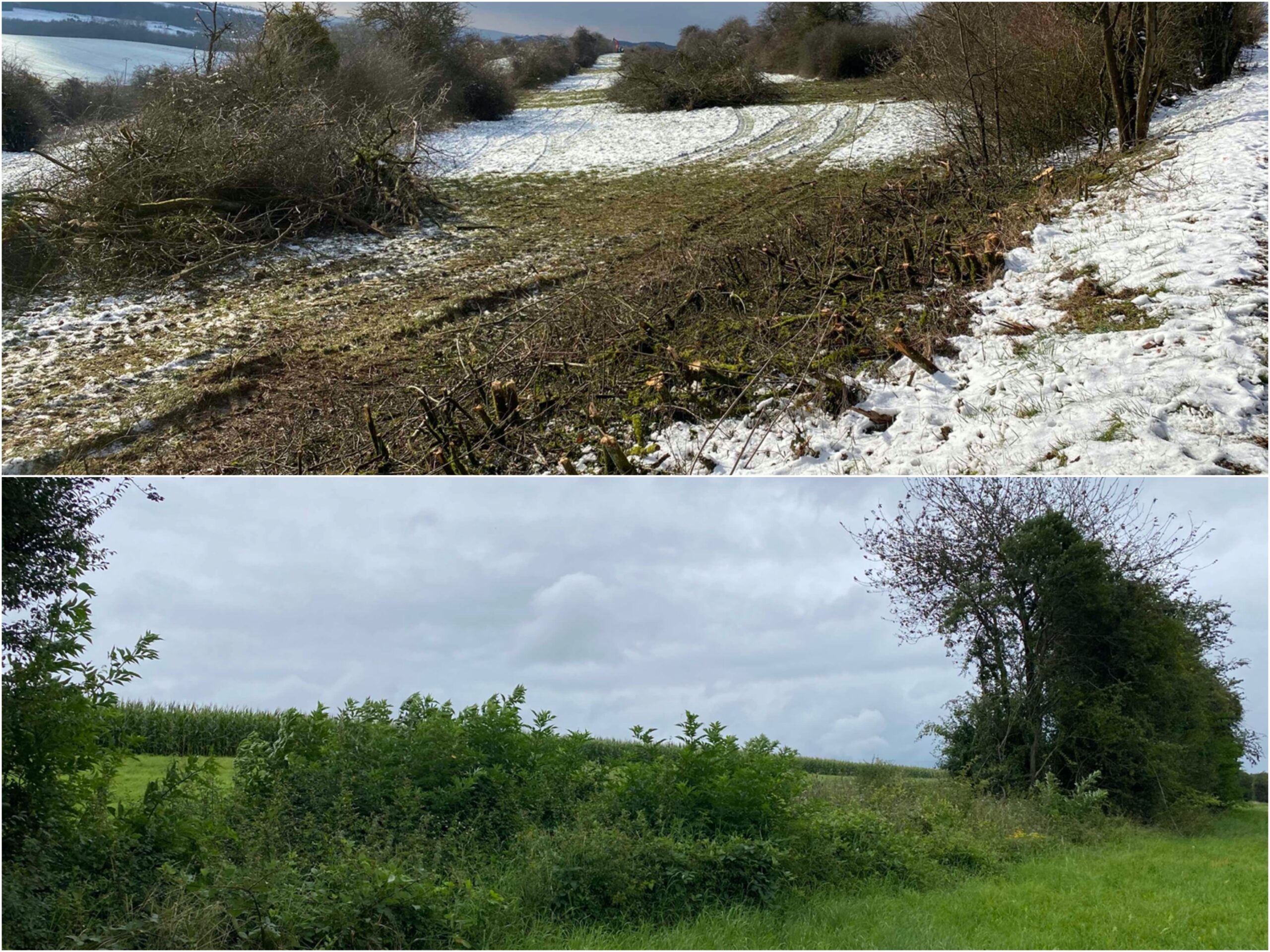Beside the too intensive use of agricultural land, abandonment can also have a negative effect on biodiversity. Low-yield areas that are difficult to cultivate are often abandoned and not used anymore. These areas then become overgrown with shrubs and can no longer be used as habitats for many species. Although shrubs, copses and hedges are important structural elements and habitats, extensive scrub encroached areas offer a habitat only for a few species. This is due to the fact that little sunlight penetrates into the interior of the shrubby area which leads to sparse foliation and these areas no longer offer a microclimatic advantage. Thus, several small-scale structures are usually more favourable for biodiversity than one large-scale shrub layer. Depending on the progress of the fallow or scrub, different methods of restoration are used to bring the area back into agricultural use. Fallows can be brought back to a regular use by mowing or mulching with subsequent removal of the mown plant material. However, if an area is more densely covered with scrubs, forest mulchers and chainsaws are used to make the area usable again. In addition, over-aged woody plants are pruned in order to preserve them for as long as possible and thus make them usable again. Orchard meadows and pollard willows in particular need regular pruning so that the trees do not collapse at some point. But hedges also benefit from regular pruning if it is done properly. For example, if hedges are pruned in sections at intervals of about 10 years, the hedge can rejuvenate without disappearing completely as a structure. Restoring access roads that are no longer usable also helps to promote management.
Restoration of cultural landscape elements

